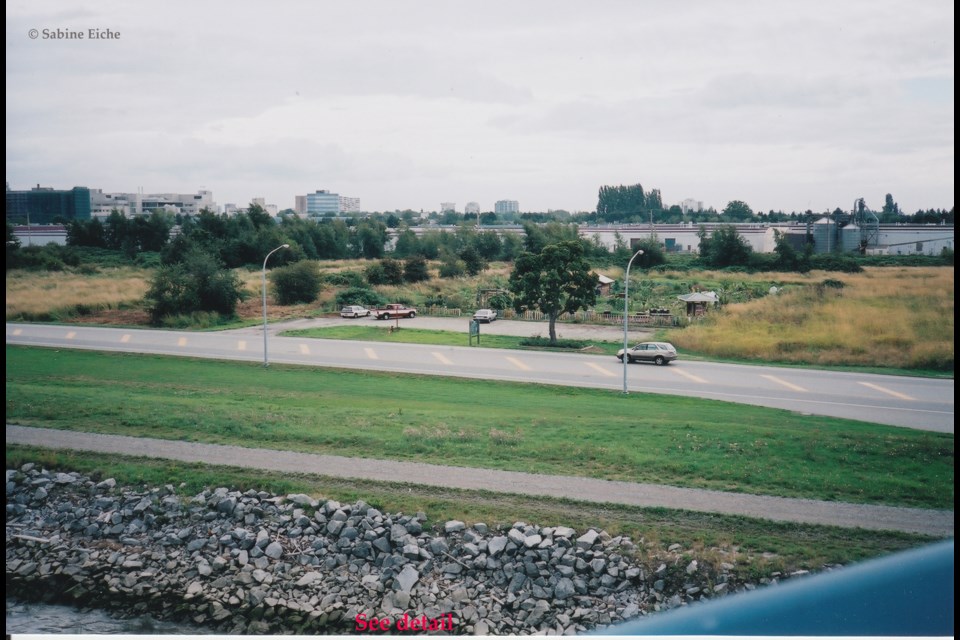I’m increasingly worried that with the speed at which we’re charging forward, continuity is becoming irrelevant. The word continuity entered English in the early 15thcentury. Its root is in the Latin “continere,” meaning to hold together (contain comes from the same root). The discontinuity of continuity affects our existence at all levels. And now there’s the novel coronavirus to shake us up even more. Most of us have never experienced anything so disruptive of continuity as Covid-19.
Of course, there are countless matters that require change, not continuity – mainly problems we’ve created due to our greed and thoughtlessness. A major problem right now is the way some countries are handling this pandemic, which affects the whole world.
But there are other matters in which continuity has a positive role to play. In an earlier column I wrote about nature words that had been culled from the Oxford Junior Dictionary. Is such action part of a – perhaps unconscious – trend to break a connection that’s been around for as long as we’ve spoken a language? Wrest the word acorn from the dictionary, and you’ve set up a discontinuity, you’ve cut a link to nature. Acorn was replaced with the word attachment. Yet acorns will always be here for as long as there are oak trees; attachments will vanish as soon as technology moves on. Nature changes slowly; technology changes quickly.
As a little girl I lived in a place that had a very long history. It was a tangible continuity because there was physical evidence of its history everywhere. As a young adult I moved to Italy, staying for over three decades, and there again I was immersed in history. Continuity surrounded me. In 2008, when I returned to Richmond (where I’d gone to school and university between 1956-1973), I was struck by the transformation that had overtaken so many aspects of the city. It had become a place that was pushing forcefully for change and especially for development.
At present, many people are longing for the chance to pick up where they left off when the pandemic struck, the chance to continue. Continuity – of routine and of place – can promote a sense of security.
For years I’ve searched in Richmond for physical signs of continuity. Finally I discovered a tiny sign, although of something absolutely inconsequential. In August 2004, two years prior to the start of construction of the Olympic Oval, I stood on the No. 2 Road Bridge and photographed the site before it underwent large-scale development. In March 2014 I returned to photograph the transformed site. I compared the two images, and to my delight I spotted the same group of oddly-shaped stones among the rocks along the dike in both the 2004 and 2014 photos. Ten years had left the stones untouched while all else above was altered beyond recognition. Today, in July 2020, that group of stones is still there.
I feel strangely comforted. Nowadays, sixteen years of continuity in the urban landscape is remarkable.
Sabine Eiche is a local writer and art historian with a PhD from Princeton University. She is passionately involved in preserving the environment and protecting nature. Her columns deal with a broad range of topics and often include the history (etymology) of words in order to shed extra light on the subject.



